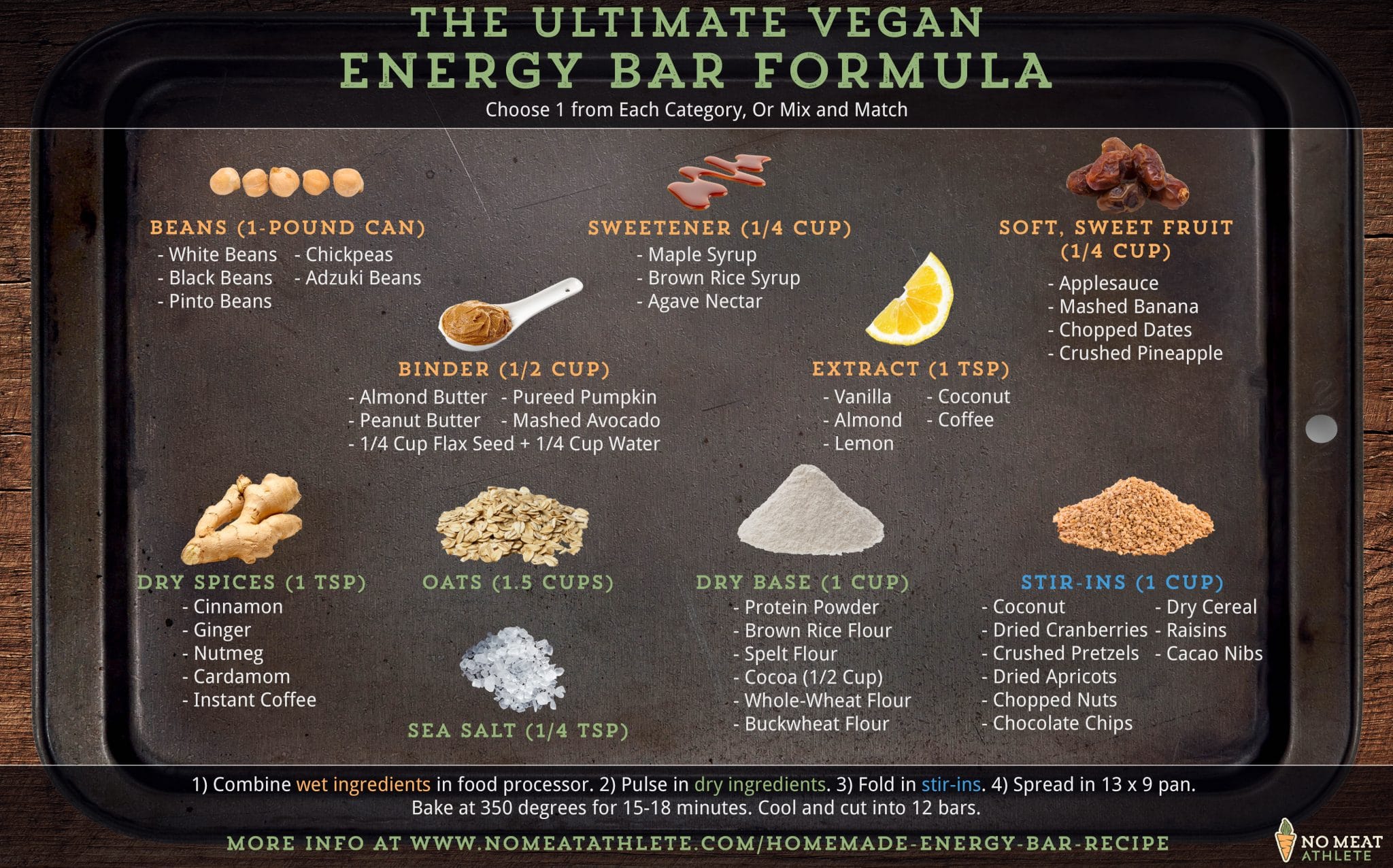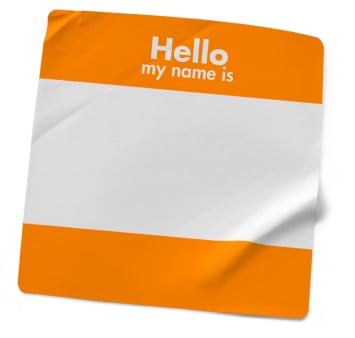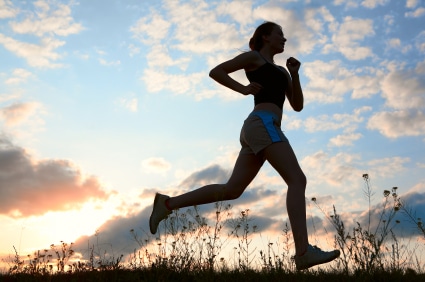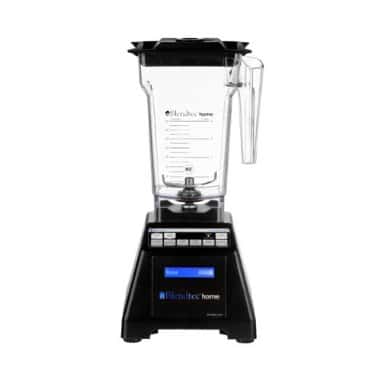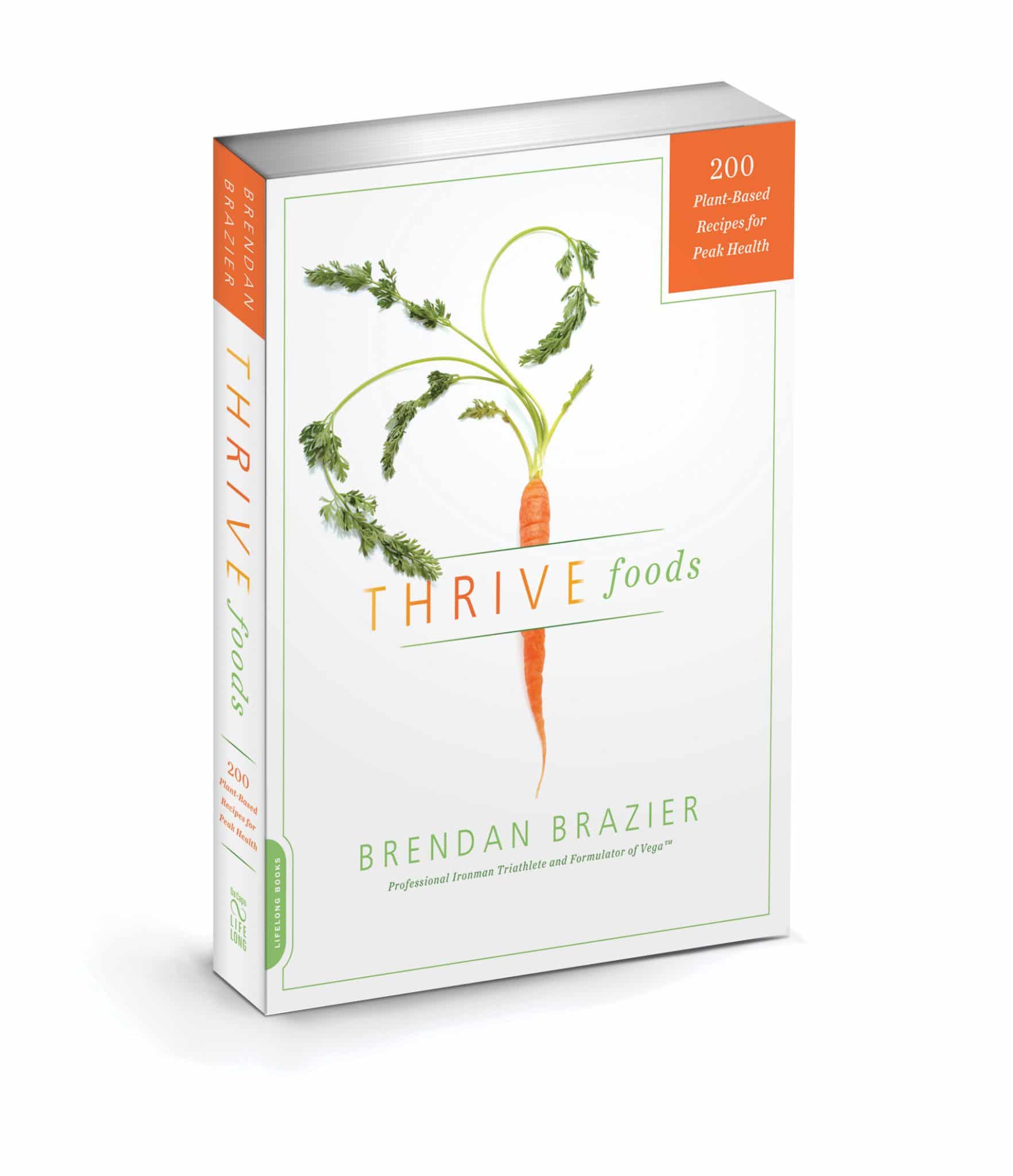
A Review of Brendan Brazier’s New Book, Thrive Foods
If you’re the type that reads blogs about vegetarian and vegan fitness, then you already know who Brendan Brazier is.
He’s been a friend of this site since the very beginning, so of course you’ve already checked out our first interview, our second interview, and our third interview, right?
Okay, so if by chance you don’t yet know about Brendan, he’s a former professional Ironman triathlete who competed on an entirely vegan diet. And he’s the author of several books — most recently, Thrive Foods, which hits U.S. stores this month.
Well, the folks at Vega, Brendan’s sports nutrition company, were nice enough to send me an advance copy of Thrive Foods to review.
Hence the title of this post. Review time!
How do you improve on Thrive?
I read Brendan’s first book, Thrive, shortly after I became vegetarian back in 2009. It was my first serious introduction to plant-based nutrition, and it’s an incredibly thorough resource for any athlete who is interested in learning about the advantages to the body and the environment that a vegan diet offers.
It became my manual, my nutrition bible, and the book I recommended whenever someone asked me where to turn.
But there was one aspect of Thrive that I eventually came to realize I did not love: the actual, day-to-day recipes.
Take a look at a few of the ones I shared on this site (with Brendan’s permission, of course). There’s the raw walnut “burger.” There’s raw zucchini “pasta.” There are the “pizza” recipes.
Why am I putting this stuff in quotes? Because if you actually look at these recipes, you’ll see that while they’re super-healthy, they’re really approximations of what these words are supposed to mean. Don’t get me wrong — these high-raw, gluten-free, high-net-gain versions of familiar foods are far better for you than the originals, for sure. And as a professional Ironman triathlete, someone for whom fueling his body is part of his livelihood, that’s what mattered most to Brendan when he wrote Thrive.
But for a family, a vegetarian one even, that wanted to eat pretty normal (read: cooked) food, the recipes in Thrive were a little too extreme. I did the best I could with raw smoothies, salads, and I incorporated of as many of Brendan’s “next-level” foods as possible into my meals, but the diet in its entirety was something I just couldn’t adopt. (I did appreciate the recipes for smoothies, sports drinks, and energy bars, however, and still use those today.)
The good news: Thrive Foods, Brendan’s new book, changes all of this.
In Thrive Foods, the focus is still on high-energy foods, many of them raw. But now, taste seems to have played a substantially larger role in the development of the 200 recipes in the book. Thrive Foods isn’t just for athletes; it’s for the growing vegan-curious population out there who cares about health, but really wants their food to be good.
And cooked. That’s hot.
Right in the introduction, Brendan explains that he’s not a chef, and so he enlisted the help of several top vegetarian and vegan chefs to improve the palatability of his ultra-healthy recipes. I’m familiar with only a few of the names, but you may know more of them: Amanda Cohen, Matthew Kenney, Julie Morris, Chad Sarno, and Tal Ronnen.
There are still the sports drinks, smoothies, energy bars and energy gels like I loved from Thrive. But now the salads, soups, dips, dressings, main courses, and desserts are the types of foods you can make for your family. (In fact, our 16-month old son even likes this food — a few nights ago he wolfed down his share of the Shanghai Rice Bowl, the recipe I’ve included at the end of this post.)
What’s amazing is that with the much-improved quality of the recipes, the focus on nutrition still shines through, making Thrive Foods the healthiest cookbook I know of. Many of the recipes (perhaps 10-20% of them) are raw, and most of those that are not still incorporate lots of raw ingredients and the foods that Brendan introduced so many of us to in Thrive — chia seeds, buckwheat, sprouts, dulse, coconut oil, dates, hemp seeds, etc.
If Thrive Foods was a cookbook and nothing more, it’d be totally worthy of my recommendation.
A volume of accessible recipes to accompany the treasure trove of information and the more extreme recipes in Thrive. What more could you ask more?
Well, guess what? There’s a lot more… the recipes don’t start until page 127!
The entire first third of the book is an introduction to benefits of a plant-based diet, for health and the environment. It differs from Thrive in that the nutrition focus isn’t on sports nutrition, but rather on eating for general well-being and energy. But just like in Thrive, Brendan explains the need for all kinds of individual nutrients and minerals, listing the reasons why we need them and the best sources for them. He also goes into depth about the benefits of each of what he calls “next-level” ingredients.
If it sounds like I’m gushing about this one, it’s because I am. I really like this book. In fact, I’ll go ahead and call it the best vegan cookbook out there, if you’re looking for a balance of serious nutrition and food that tastes good. Oh yes, I went there.
I’ve recommended Thrive to more people than I can remember, but if I could go back and do it again, I’d start with Thrive Foods instead, for anyone but the most serious of athletes. The recipes are way better, and the supporting information is presented in a more appealing, easily-digestible way, with the help of graphics and diagrams for those who just want to skim it.
Alrighty. Enough gushing. You can check out Thrive Foods for yourself by visiting Brendan’s Facebook page, where you can download the introduction and three chapters from the book for free. Or if you just want to go ahead any buy the book, you can do that here (that’s my Amazon affiliate link, by the way). Finally, in case I haven’t provided enough links to click, you can go to Vega’s Facebook page to enter a contest for a chance to hang out with Brendan at a “green” Hollywood party during Emmy week.
I’ll leave you with my favorite of the handful of recipes I’ve tried so far. It’s quick, filling, and gives you a good idea of the mix of healthy, superfood-y stuff and regular food that you’ll find throughout Thrive Foods. And like I said, my kid even liked it. 🙂 Oh, and the portions are enormous, so count on leftovers from this one.
Shanghai Rice Bowl (from Thrive Foods)
Time: 10 minutes; 20 minutes for the rice – Makes 2 servings
- 1/3 cup water
- 4 baby bok choy, cut in half lengthwise
- 6 tbsp olive oil
- 6 tbsp tamari
- 3 cups shiitake mushrooms, stems removed and halved if large
- 4 cups cooked brown basmati rice
- 1/2 cup Tahini Sauce (see recipe below)
- 2 tsp Mixed Herbs (Another recipe used several others: basically a blend of oregano, basil, marjoram, dill, thyme, rosemary, sage)
- 2 cups sunflower sprouts
- 2 tbsp hulled hemp seeds
- 1 cup cooked or canned chickpeas
- 2 lemon wedges, for garnish
Put the water in a wok or skillet over high heat. Add the bok choy halves and cover. Steam 5 minutes until bok choy is almost tender. When water evaporates, add 2 tbsp olive oil, 2 tbsp tamari, and the shiitake mushrooms. Saute 5 minutes until bok choy and mushrooms are tender. Set aside.
Divide the cooked rice between 2 large bowls, and drizzle both with Tahini Sauce, 4 tbsp olive oil, and 4 tbsp tamari. Sprinkle with Mixed Herbs.
Place the sauteed bok choy and shiitake mushrooms on the rice, and top with sunflower sprouts, hemp seeds, and chickpeas.
Garnish with lemon wedges and serve.
Tahini Sauce
- 2 cloves garlic, minced
- 1/2 cup chopped parsley
- 1/2 tsp sea salt
- 2 tbsp lemon juice
- 2/3 cup filtered water
- 1/2 cup tahini
In a belnder, process the garlic, parsley, salt, and lemon juice until smooth.
Add the water and tahini, and process until smooth. You may need to add a bit more water if your raw tahini is especially thick. Add water a tablespoon at a time until you get a pourable consistency.
Store in a sealed container in the fridge for up to 4 days.
###
Note: Amazon.com links are affiliate links.



